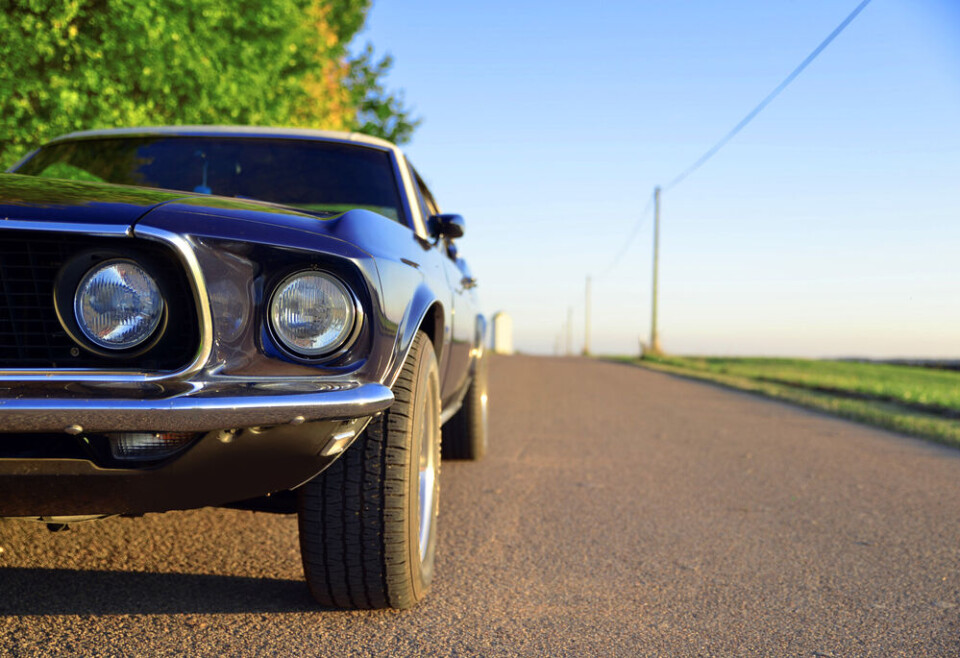-
What are the jobs you cannot do in France with ‘auto-entrepreneur’ status?
The status offers tax and administrative advantages, but has strict rules about the professions allowed
-
Map: Car insurance costs rise in France - see the average in your region
Multiple studies show that costs are rising by around 5% year-on-year, with major differences by region and vehicle model
-
VAT on small businesses: French MPs call for no reduction in threshold
Plans to lower the threshold to €25,000 would hurt micro-entrepreneurs and ‘massively destroy activity and wealth’ say critics
French car collector helps other owners find old tyres to fit
‘There are quite a few technical changes to the tyre body which mean modern tyres on an old car can affect performance,’ he told The Connexion

A classic car fan has established a niche business using the internet to sell tyres suitable for older vehicles.
Pierre-Emmanuel Moutenet was born into the tyre business, with his parents running an independent tyre-fitting workshop at Lons-le-Saunier in Jura, eastern France.
After school he and his brother joined them, working both on the shop floor and doing the paperwork, before setting up a side business specialising in tyres for collector cars.
“I was already interested in old cars and realised that some collectors were having real difficulty getting their tyres,” he said.
“Through contacts and harnessing the internet, we were able to open a specialist shop in this isolated part of France which has been going well for 10 years. When my parents retired we took over their business, but quickly decided to focus full-time on the collector tyres.”
His brother died in 2021 and Mr Moutenet now works with an employee.
“There are quite a few technical changes to the tyre body, for example, which mean modern tyres on an old car sometimes simply do not fit well, and can also affect performance,” he said.
“Specialist manufacturers still make these old tyres, but usually in small quantities and that is where specialist sellers like us come in.”
Most of the old tyres are for vehicles dating from the 1970s or earlier, with a high proportion for Citroën and Renault collector cars such as the 2CV and the Renault 4CV. There are also significant numbers of historic English cars in France, mainly Jaguars, Triumphs and MGs.
In his own collection Mr Moutenet has a Citroen 2CV, a Renault 4CV, a Triumph and an Alfa Romeo. “It is probably time for me to do one or two of them up and sell them before the cars take over,” he said.
Customers who live close to the workshop often choose to have the tyres fitted by Mr Moutenet, but for those further afield he is happy to give instructions on how they or a local garage can do it themselves.
A government compromise allowing collector cars to have their own CritAir emissions category sticker in ‘low emission zone’ cities – Zones à faibles émissions (ZFE) – has been welcomed by clubs all over France.
While final details are being sorted, the transport minister, Jean-Baptiste Djebbari, has written to presidents of the ZFE areas, asking them to let classic cars continue to drive.
The proposals are for the collector’s car vignette to be linked to a carte grise de collection, and it is possible that rules surrounding this carte grise, which currently say a car has to be at least 30 years old to qualify, will be changed.
CritAir stickers will soon be checked by automatic cameras. Paris and its surrounding Greater Paris area is the largest ZFE in place at the moment.
Local councillors say they will go ahead with plans to ban cars which do not meet at least CritAir 3 in 2023. Grenoble, Lyon, Strasbourg and Toulouse also have ZFEs but are waiting until 2023 to apply them to private vehicles – currently only company cars, vans and lorries are affected.
Related stories:
France’s electric car for €100/month scheme: who is eligible?
Less obvious or clearer? New speed radar road signs roll out in France
























